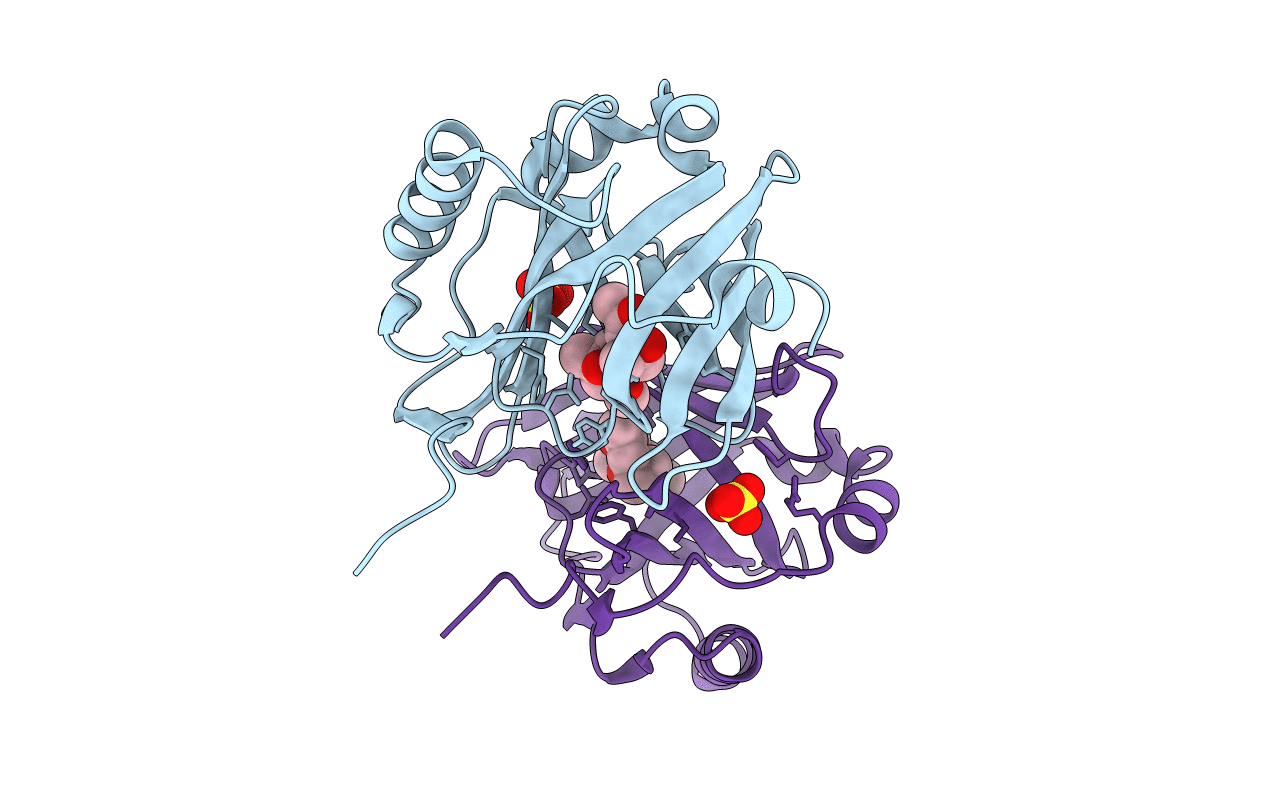
Deposition Date
2001-02-23
Release Date
2001-09-19
Last Version Date
2024-11-06
Entry Detail
Biological Source:
Source Organism:
Method Details:
Experimental Method:
Resolution:
1.15 Å
R-Value Free:
0.18
R-Value Work:
0.15
R-Value Observed:
0.15
Space Group:
P 21 21 21


